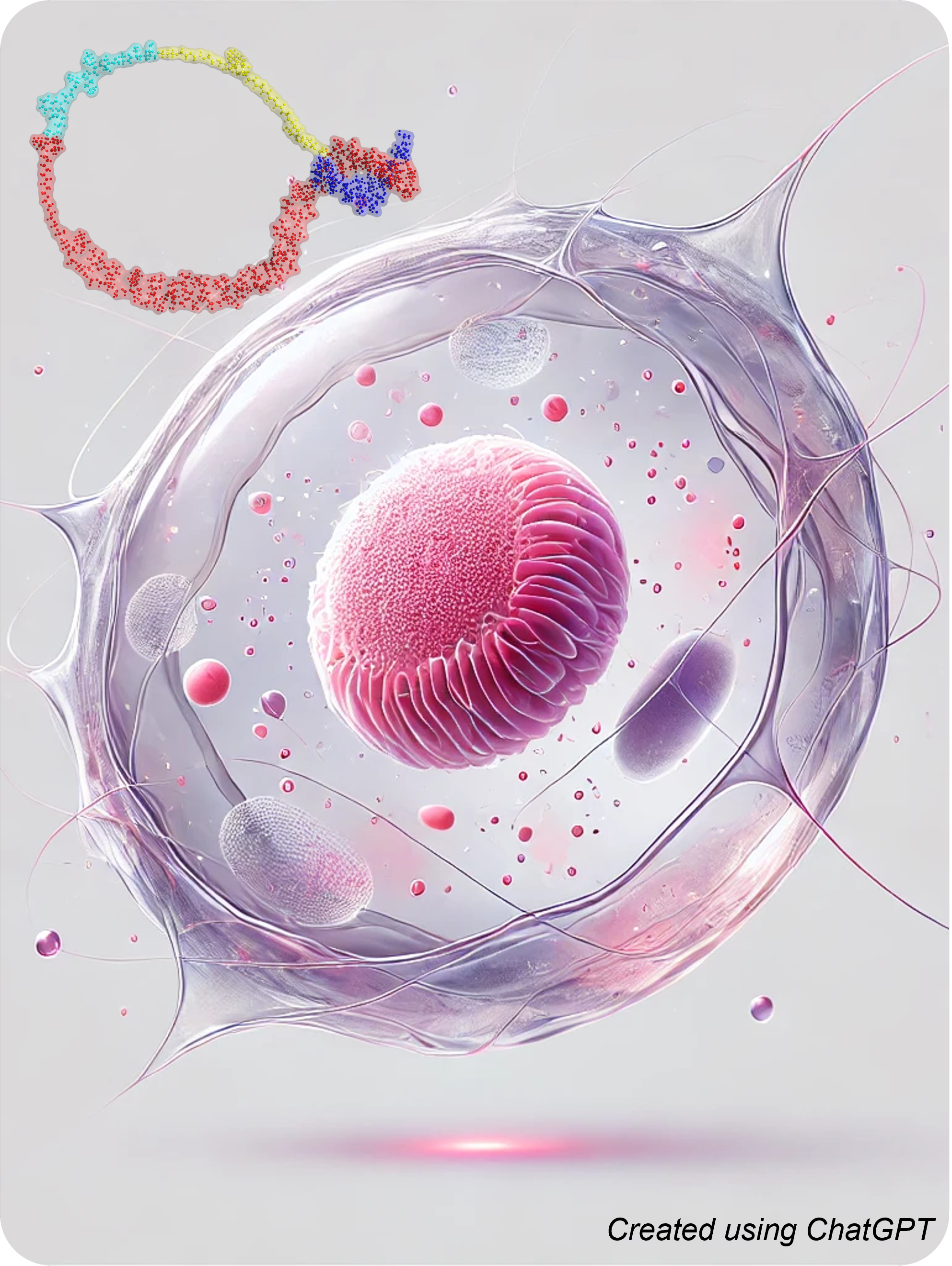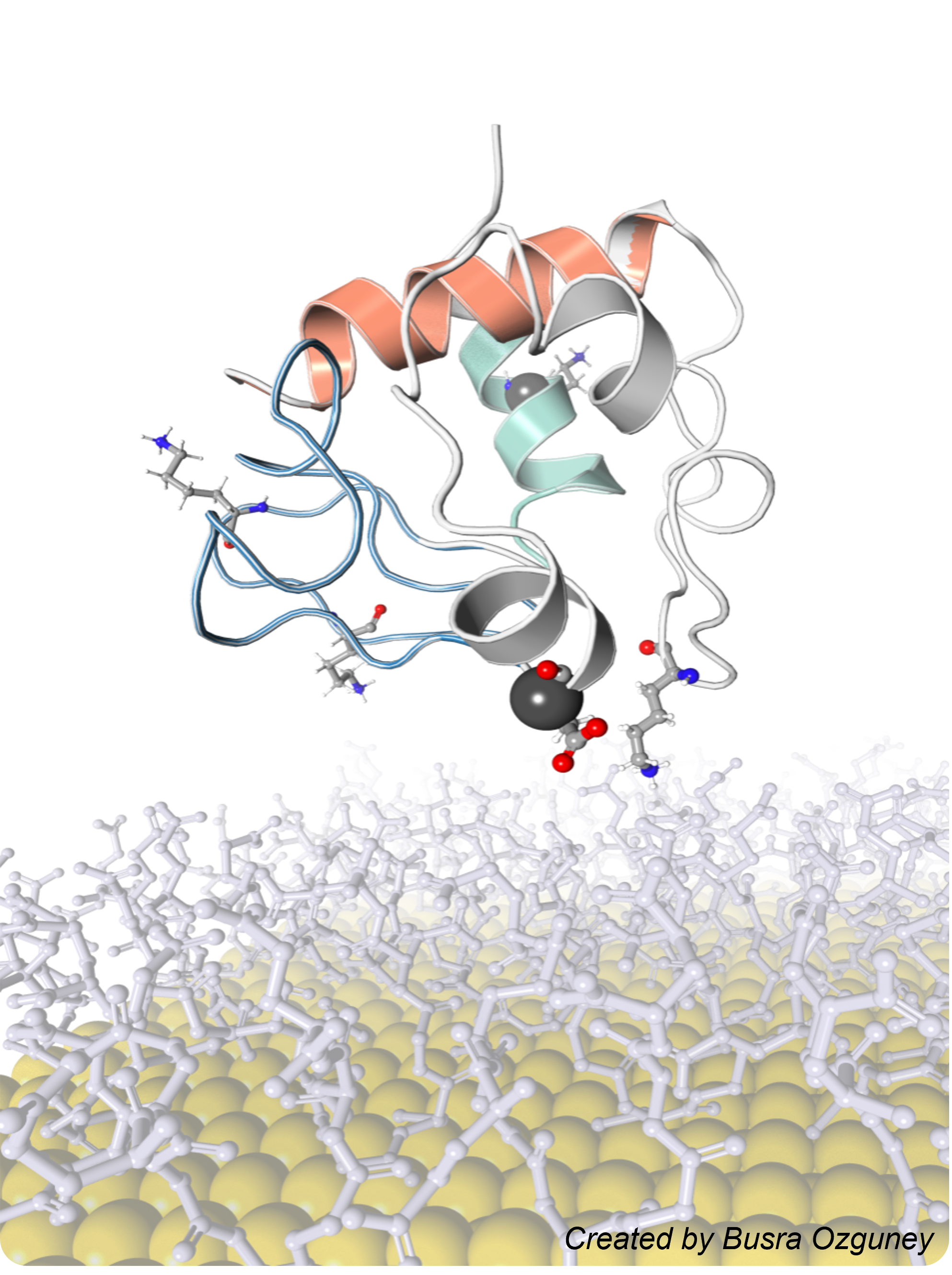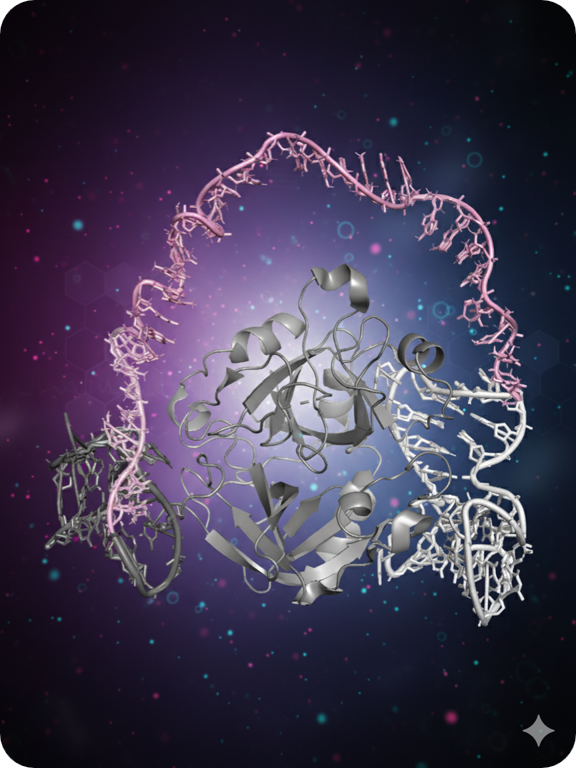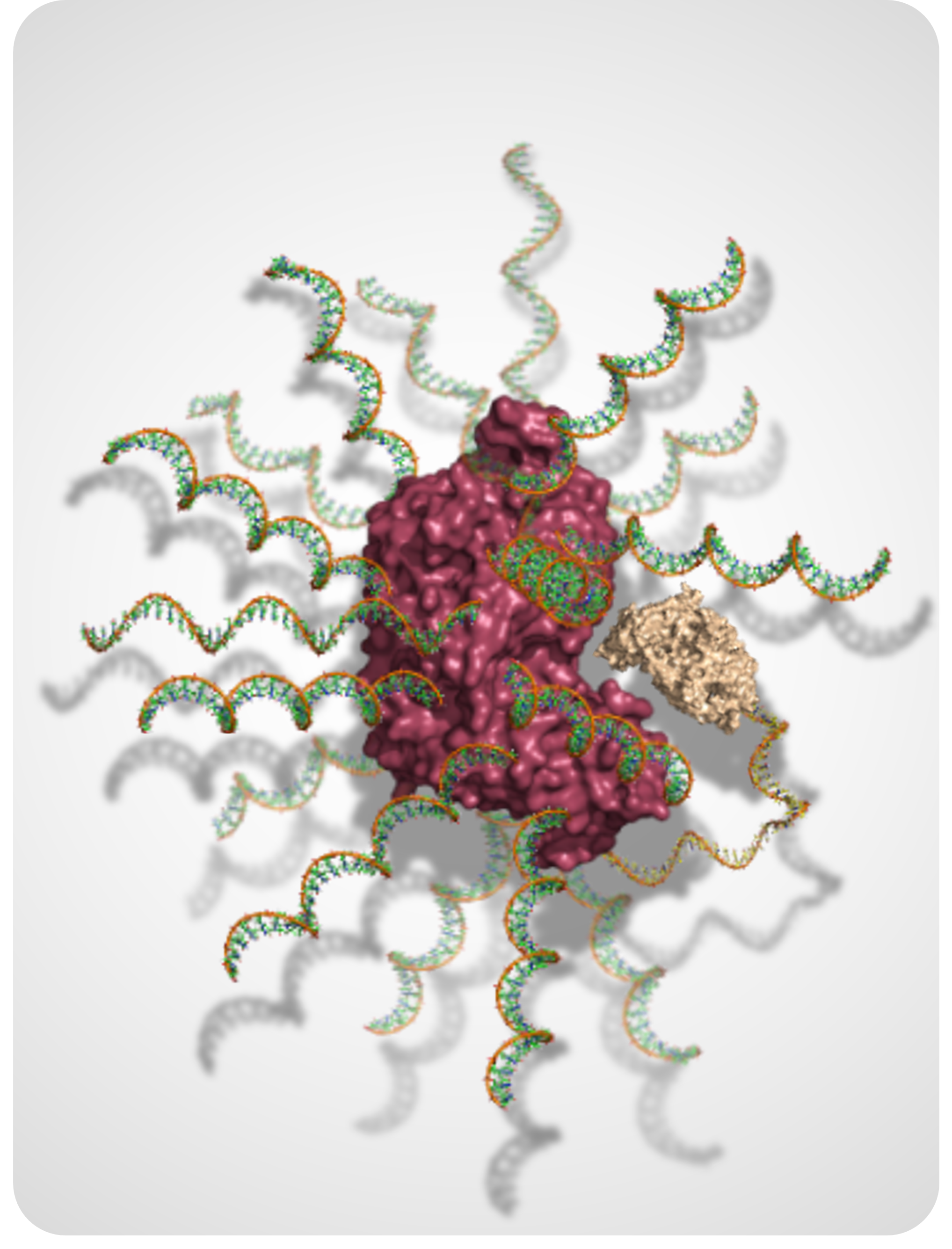Over 1020 chemical reactions occur in the human body every second, most powered by enzymes — nature’s biocatalysts. Detecting enzymes in their active states enables early disease diagnosis. Precisely modulating their activity paves the way for next-generation therapeutics. Beyond biology, enzymes drive a global biotechnology market worth nearly $15 billion, highlighting the transformative impact of strategies that can finely tune their function.
Nanoscale systems are ideal for this task. They match enzyme dimensions, enable interactions inaccessible to small molecules, can be engineered for multifunctionality, and often display emergent properties. By combining nature’s building blocks — DNA, peptides, and proteins — with synthetic nanomaterials, we create hybrid structures capable of sensing, regulating, and programming enzyme activity. Our research centers on four key areas:

Nanostructures for Activity-Based Sensing of Enzymes
We create nanostructures for activity-based sensing of enzymes implicated in cancer, neurodegenerative disorders, and infectious diseases.

Surface-Engineered Nanoparticles for Enhancing Enzyme Activity
We design nanomaterials with programmable surfaces that selectively bind enzymes and enhance activity by more than 20-fold.

Designer DNA Switches for Allosteric Control of Enzymes
Programmable DNA-based switches allow reversible ON/OFF control of enzyme activity in response to user-defined molecular cues.

Nanostructures for Therapeutic Biocatalysis
We are developing nanostructures that stabilize enzymes and deploy them as programmable biocatalysts inside living systems.

